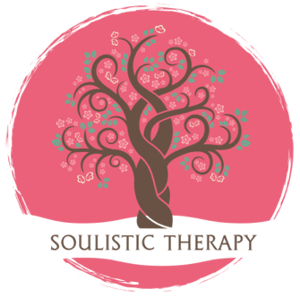As with any profession there are always certain books that are great to refer to, both for interest and to learn or refer to when treating clients. I have listed below books that have been invaluable to me both when I was training and those I use on a weekly basis now. I hope they may inspire you to find out a bit more about reflexology.
1) Anatomy & Physiology (by Ruth Hull) – this is a must for any therapist and one I used throughout my training and often refer to now. As a member of the AoR I have to undertake training every year (CPD) to keep my membership ongoing, but I also feel it’s really important to maintain that understanding of the human body. This was the first book I purchased for my studies and something I refer to on an ongoing basis.
2) The Reflexology Bible (by Louise Keet) – this was written by my tutor, Louise Keet. She has a wealth of knowledge and has treated a range of people from celebrities to people in drug rehabilitation. It’s a great book to pop in your therapy kit and refer to. It has a section on hand reflexology, and the style is comprehensive with plenty of helpful images, including charts of reflexology points and zones. The content layout is easy to dip in and out of and for looking up information. There are also lots of practical holistic health tips, alongside adaptations for treatments to treat certain conditions.
3) The Reflexology Handbook: A complete guide (by Laura Norman with Thomas Crown) – If you are thinking of studying reflexology or just have an interest, this is the book for you! This book is one of the best books I have purchased on reflexology, it is clearly laid out and has lots of diagrams with most of the common conditions mentioned, and lists various treatments for a whole list of medical issues. When I had just qualified I referred to this book frequently as I began to work with real patients with real conditions/illnesses. It also mentions complementary visualisation techniques to apply during treatments, this may not be everyone’s cup of tea but can help with the healing and relaxation process. All the information in the book is well organised and easy to find. The book covers baby reflexology, stress at school, couple reflexology and treatments for the elderly, it also includes a section on treatments for the terminally ill.
4) Reflexology (Barbara & Kevin Kuntz) - Kevin and Barbara Kunz have been pioneers in the research, teaching, practice, regulation and documentation of reflexology for 25 years. The book is packed with loads of useful information for beginners of reflexology. It covers both hand and foot reflexology. It has self help techniques as well as techniques you can practise on others. At the end it has a list of reflexology associations which is very useful. It contains a beautiful and detailed map of the hand and feet reflexology areas.
5) The Original Works of Eunice D. Ingham: Stories the Feet Can Tell Thru Reflexology and Stories the Feet Have Told Thru Reflexology - Eunice Ingham discovered that pressure applied to specific reflex points on the feet could help to relieve pain. She went on to publish her findings in two well-known books, “Stories the feet can tell”(1938) and “Stories the feet have told”(1963). The book is very informative and makes an interesting read from both a practical and historical level, It has been a handy companion when I was studying my course and now as I practice reflexology.
